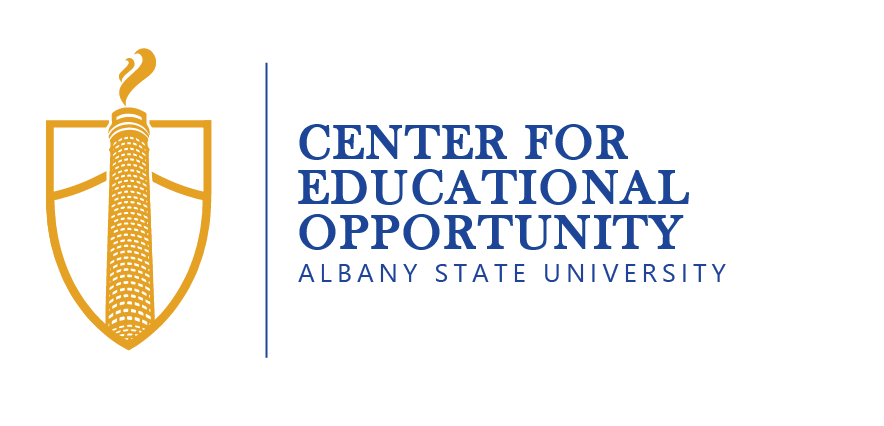65 Years after Brown v. Board of Education: HBCU Center for Educational Opportunity Tackles Gaps Via Research
Education is our most important public good, and for fragile communities, even more so.
I have the honor of serving as the founding director of the Center for Educational Opportunity at Albany State University, a public historically black college and university located in Albany, Georgia. In this role, I am afforded the opportunity to enhance K-12 education via research — perhaps the most important public good — in a 27-county service area in rural Southwest Georgia characterized by high proportions of residents struggling in their daily lives and possessing limited opportunities for social mobility, places which we have come to define as “fragile” communities. For such communities, education has proven to be one of the surest means for social mobility, which is why the work of the Center for Educational Opportunity is critically important at this juncture.
Sixty-five years after the landmark Brown vs Board of Education decision, access to equal educational opportunity is yet imperiled. It is the work of the Center for Educational Opportunity to “advance educational research in order to strengthen and empower fragile communities, from the bottom-up”. In other words, our Center aims to provide financial support to researchers studying issues germane to the lives of families and educators within these communities. One goal is to create “a foundation base for an informed understanding of community and individual needs that must be applied and consistently reassessed to incorporate into impactful reforms.” (Robinson, 2019). Our long-term goal is to achieve equal educational opportunity through research and reform in order to create sustainable and meaningful change.
According to the Georgia School Boards Association, Georgia has approximately “1.7M K-12 students, 180 school districts, three school districts with only one school, and 73 school districts that have only one school for each level of grades.” (GSBA, 2019). Among the challenges we see in rural Georgia are transportation, poverty, and teacher retention. The number of teachers leaving the profession remains a challenge — “50 percent of teachers leave the profession in the first five years.” (GSBA, 2019).
The research conducted by the Georgia Partnership for Excellence in Education (GPEE) highlights some obvious gaps in education that exist in rural Georgia, including:
- 21 percent of Georgia children live in poverty
- 50 percent of 3 – 4 year olds attend preschool
- 35 percent of 4th graders are at or above NAEP Reading
- 33 percent of 8th graders are at or above NAEP Mathematics
- 79 percent of Georgia youth complete high school
The Centers four research pillars are: educational opportunities (i.e. eight of the 19 counties with less than 1,000 students enrolled are located in our institution’s service area) , educational access (i.e. 12 of the 51 school districts with five or fewer students per square mile are located in our institution’s service area), educational innovations (i.e. design thinking), and educational models (i.e. deployment of non-cognitive practices) that are viable options for teaching and learning.
Rather than curse the darkness, we will light a candle by creating research-based solutions. When we produce evidence of the root causes underlying the seemingly intractable exclusions and limitations that persist, we will move the needle toward measurable progress in ensuring that every child has a fighting chance suited to their way of learning. And we will also empower their parents with information about the education choices available for their children. In doing so, we will fortify the university’s position as an innovation leader in education research, thereby expanding our founder, Dr. Joseph Winthrop Holley’s vision into the 21st century.
To this end, the Center for Educational Opportunity aims to spur research proliferation among researchers in general, but among researchers comprised of HBCU undergraduates, graduate students, and faculty, more specifically. HBCUs’ role in answering problems in our communities supports a bottom-up versus top-down approach — something our ancestors knew all too well as they maximized the use of scarce resources to self-educate, sustain, and nurture families and communities.
Education will continue to be a principal driver of economic growth and mobility. The Center for Educational Opportunity is creating a foundation base for an informed understanding of community and individual needs that must be applied and consistently reassessed to incorporate into impactful reforms that ultimately improves the life chances of our children who are still most in need.
For more information, contact kathaleena.monds@asurams.edu or 229-500-2119.












